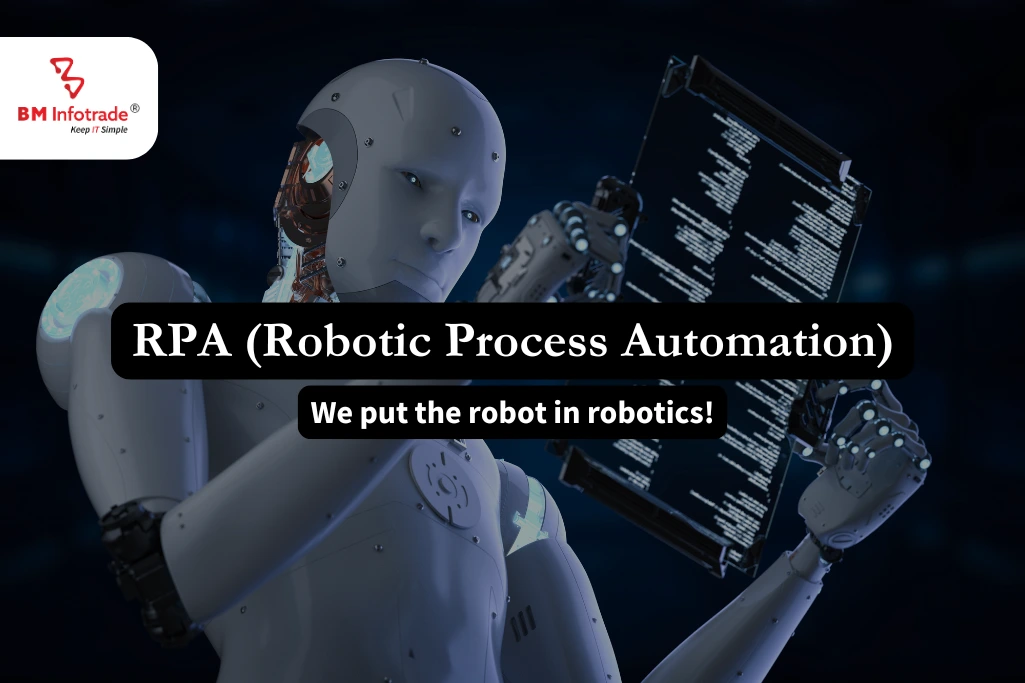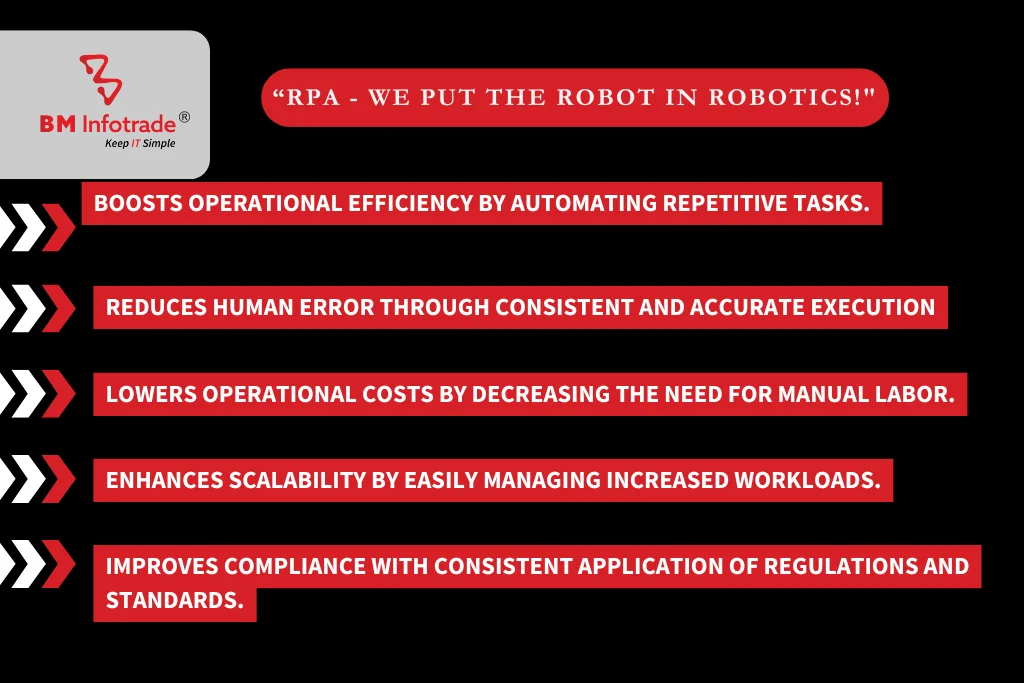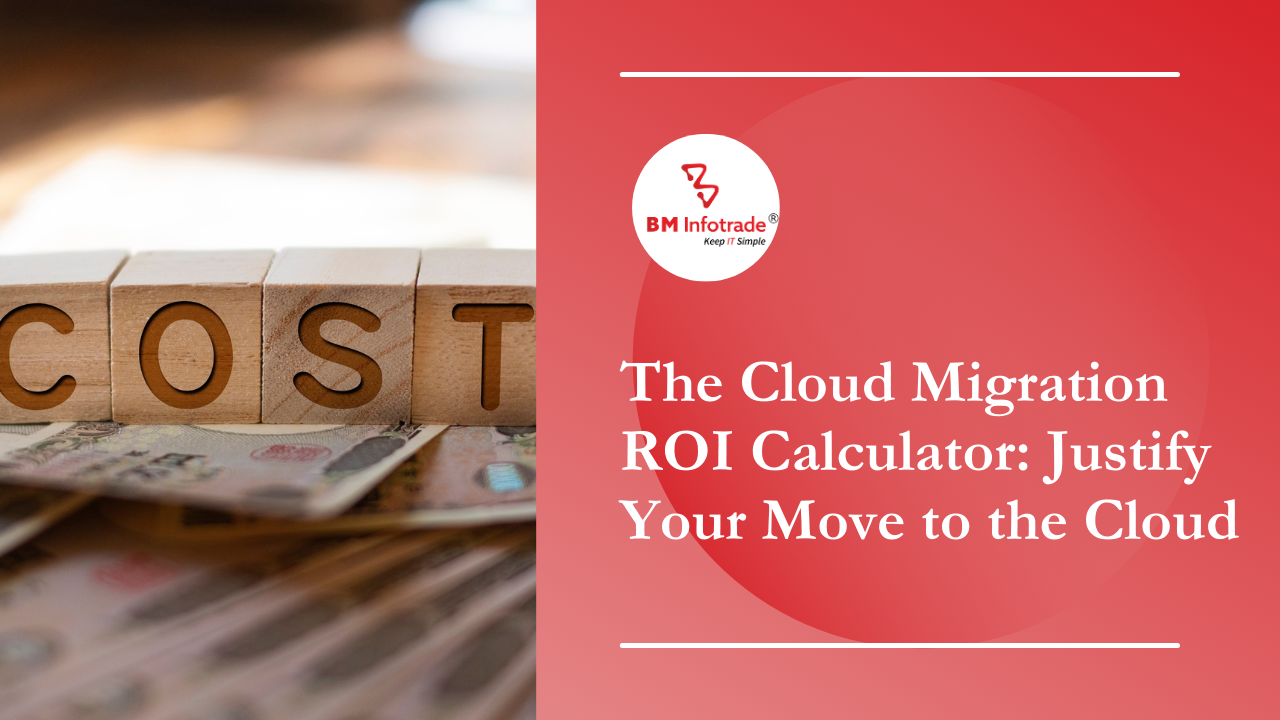RPA- We put the robot in robotics!
Explore how Robotic Process Automation (RPA) brings robots into business processes, enhancing efficiency and productivity. Learn about its applications and benefits.

RPA- We put the robot in robotics!
Table of Contents
What does RPA mean?
Robotic process automation (RPA) serves as a productivity tool, allowing users to configure one or more scripts, commonly known as "bots" in some vendor contexts, to automatically initiate specific keystrokes.
A sophisticated method for automating repetitive business tasks is known as robotic process automation (RPA).
The software technology of robotic process automation (RPA) simplifies the creation, utilization, and administration of software robots that replicate human interactions with digital devices and software.
Software robots are capable of performing a wide variety of predefined tasks, including understanding what is on a screen, making the appropriate keystrokes, navigating systems, and extracting and identifying data. But without the need to stand up and stretch or take a coffee break, software robots can do it more quickly and consistently than humans.
By 2024, nearly 69 percent of management tasks will be fully automated. Thousands of common business tasks are already covered by basic automation, but cognitive robots also promise to handle more difficult jobs. These RPA systems still require individualized research and development, despite the fact that they are powered by machine learning.
Read more: Why is RPA important? RPA can be used to automate!
What advantages does RPA have for businesses?
Workflows are streamlined by robotic process automation, which increases an organization's profitability, flexibility, and responsiveness. By removing monotonous tasks from their workdays, it also boosts employee satisfaction, engagement, and productivity.
RPA can be quickly implemented, is non-intrusive, and will hasten the digital transformation process. It's also perfect for automating processes involving legacy systems that don't have database access, virtual desktop infrastructures (VDI), or APIs.

RPA types
Robotic process automation can be divided into three categories: hybrid RPA, attended automation, and unattended automation.
Attending Automation:
This kind of bot resides on the user's computer and is typically activated by the user. The jobs that are triggered at difficult-to-programmatically-detect points are best suited for attended automation.
Consider the case where a customer service agent would typically require up to 3 screens and 5 manual steps to complete a transaction. Instead of going through all of these.
Robotic process automation (RPA) allows robots to work as human representatives, carry out necessary tasks, and consult human representatives as needed. For those customer-facing employees who still need to complete manual work, attended automation can be used to supplement these tasks.
Unattended Automation:
These bots act as cloud-based batch processes that process data in the background. A solution for lessening the workload of back-office staff members is unattended automation, among other things. Data entry at a predetermined location, orchestrator startup, bot startup, and predetermined intervals are all examples of ways to start unattended automation.
Hybrid RPA:
This form of RPA combines attended and unattended RPA bots to guarantee the automation of both back-office and front-office tasks. Overall process automation is made possible by this.
Tools for Robotic Process Automation (RPA)
You need to know which kind to use when looking for automation tools for your project. Here are three different categories of RPA tools:
Macros
They are the earliest automation tools and are used to automate processes within a single system. Macros are the best option if the procedure you want to automate only needs one tool, like a spreadsheet. Data organization, computation, and other tasks can be accomplished with macros.
IT Process Automation (IT PA):
These functionally specialized automation tools are able to automate complex processes that depend on numerous systems. Behind-the-scenes bots called IT PAs are created and supervised by skilled IT professionals.
They manage difficult tasks like handling multiple alerts from different sources, prioritizing action plans, and implementing one of your defined potential action plans. They also notify important team members who need to be informed of progress before the ticket is closed.
Tools for Cognitive Automation:
These machines can use the desktop in a human-like manner to carry out tasks that call for a variety of systems thanks to their screen scraping abilities. Despite being simple to use, they are not as accurate as ITPA tools.
They are enhanced with artificial intelligence capabilities so they can draw lessons from prior experiences using a straightforward drag-and-drop programming interface. In addition to being referred to as intelligent or cognitive robots, they use natural language processing.
Read more: Why digitization is important? "Move ahead with digital power!"
Conclusion
As business operations become more complex, RPA technology is being used more and more. Automation can be used in any field where such actions can be verified, as RPA software releases employees from manual tasks.
An easy way to create, deploy, and manage software robots that mimic human interaction with digital systems and software is through robotic process automation (RPA), a software technology.





![Cloud Licensing and Compliance Made Easy [All-in-One Bundle]](https://bminfotrade.com/assets/upload/blog/21851766642757.png)

Anshul Goyal
Group BDM at B M Infotrade | 11+ years Experience | Business Consultancy | Providing solutions in Cyber Security, Data Analytics, Cloud Computing, Digitization, Data and AI | IT Sales Leader